Life of a doctor is always stressful and hectic. With patients and diseases preoccupying most of their time, it is important to take breaks and get away from the ‘negativity’ once in a while. My husband is a Doctor and he sometimes tells me how much he craves to trek up Himalayas and just be with the nature. This thought of his exactly resonated with consultant endocrinologist, Dr. Rekha, Columbia Asia Hosp. , Mysore. For her, Himalayas is a perfect escape to get solace from her busy schedule. When I got to know about Dr. Rekha as well, I thought to have a guest column from her to see nature’s beauty from Doctor’s eye. Below is experiences of Himalayas in her own words by
Dr. Rekha, Columbia Asia Hosp.
Not once or twice, but for the past six years, I have made treks to Himalayas as part of my life. Every year I ensure to visit Himalayas at least once or twice. The peace and simplicity of the mountains is in perfect harmony with the people inhabiting there, and this attracts me the most. The added advantage is that in such high altitude, mobile phone network doesn’t work and I am left to enjoy the nature without any disturbance. In the last six years I have been to destinations including Haridwar, Rishikesh, Badrinath, Kedarnath, Tunganath, Ghangaria, Hemkund Sahib, Dronagiri, Vaishnodevi, Amarnath, Kailash, Manasasarovar, Muktinath, Damodar Kund and the list goes on.
In all my escapades to the Himalayas I ensured to choose unexplored destinations. I trek my way on journey up the Himalayas.
In my recent 15-day long trek to Damodar Kund and Muktinath, in Nepal, I was accompanied by my brother. We were a team of six people including the guide, cook and two more localities. We trekked for six days up the mountain and took four days to come back. The oxygen level was low at the higher altitude and this trek was a difficult one for me. However, this challenging trek didn’t curb my spirit. I will revisit the destination again in near future, this time with proper preparations.
1. Little about the trek
Kailash and Manasa sarovar are in Tibet. Damodar Kund is in Mustang region of Himalayas in Nepal. The terrain is similar in both the regions. The oxygen level is low. Weather is unpredictable. This makes the trek potentially dangerous and arduous. The Himalayas nevertheless is beyond description, can only be experienced.
2. How to reach
We need a permit to visit these places. Damodar Kund which falls in the upper Mustang region also requires a special permit from the Nepal government. Two is the minimum number of people needed to undertake this journey.
3. Where to eat
We had cooks with us who cooked hygienic vegetarian food for us. The cooks and porters carried the necessary fuel, utensils and provisions with them. Clear stream water boiled or sterilized with a steripen was used.
4. Where to stay on the way
We stayed in teahouses when they were available. In remote places, we pitched our own tents which we had carried along with us, and stayed in them.
5. Insider tips or guiding points for the benefit of fellow trekkers
In the Himalayas, do not break rules. Trust the instincts of your guide. Respect the terrain, its people, flora and fauna. Be physically fit and disciplined. Carry with you sufficient drinking water, sanitiser, sunscreen and hiking poles. Recognise the symptoms of hypoxia. Do not hesitate to descend to a lower level or seek medical help. Of course, invest in a good pair of hiking shoes.
Content and photo credits – Dr. Rekha, Columbia Asia Hosp.
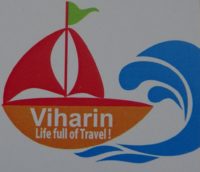
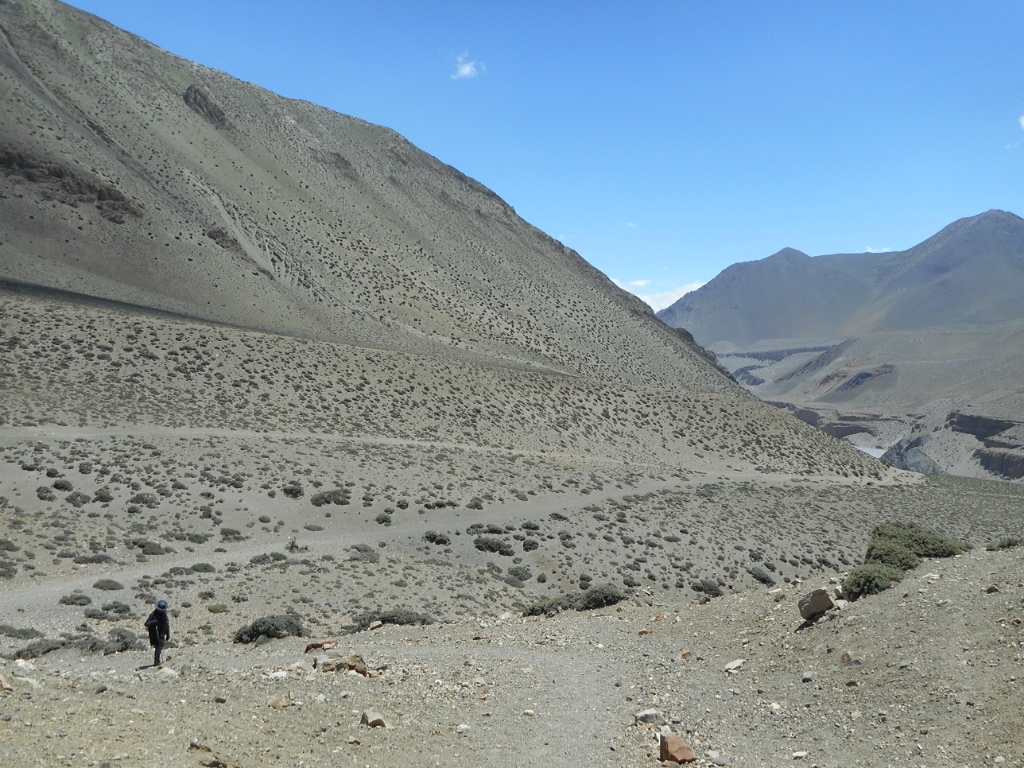
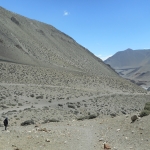
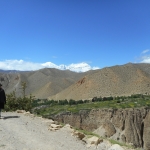
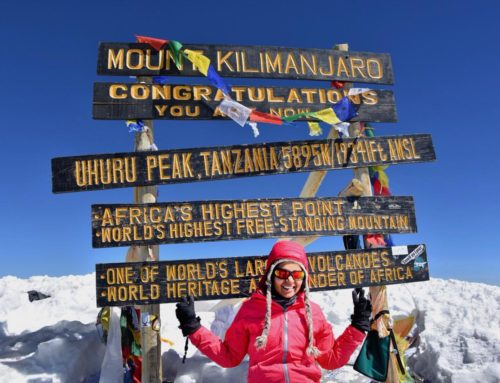
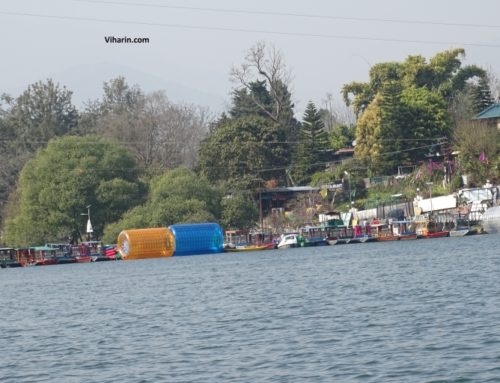
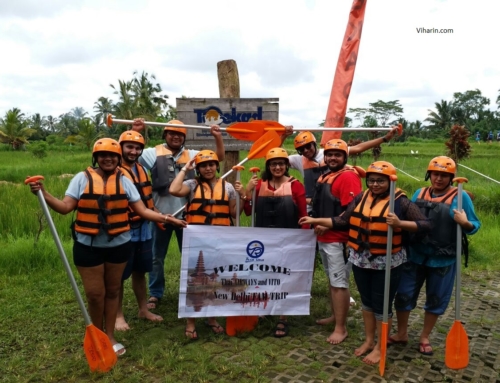
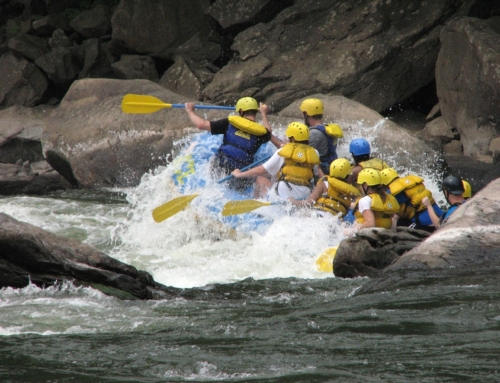
That’s a really great Doctor’s perspective. Equips you better to be prepared for such a challenging adventure. Thanks Rekha. I do plan on visiting the Himalayas, but for me it would be a spiritual trip and I would probably be visiting through Isha Sacred Walks mainly to Kailash & Manasarovar – http://www.sacredwalks.org/sojourn/about-kailash-manasarovar/
And thanks for this lovely guest column Nidhi.